DEI is Dead… But Will ‘Digital Equity’ Programs Shutter?
Why digital equity broadband programs may still continue under the coming Trump administration.
Ari Bertenthal
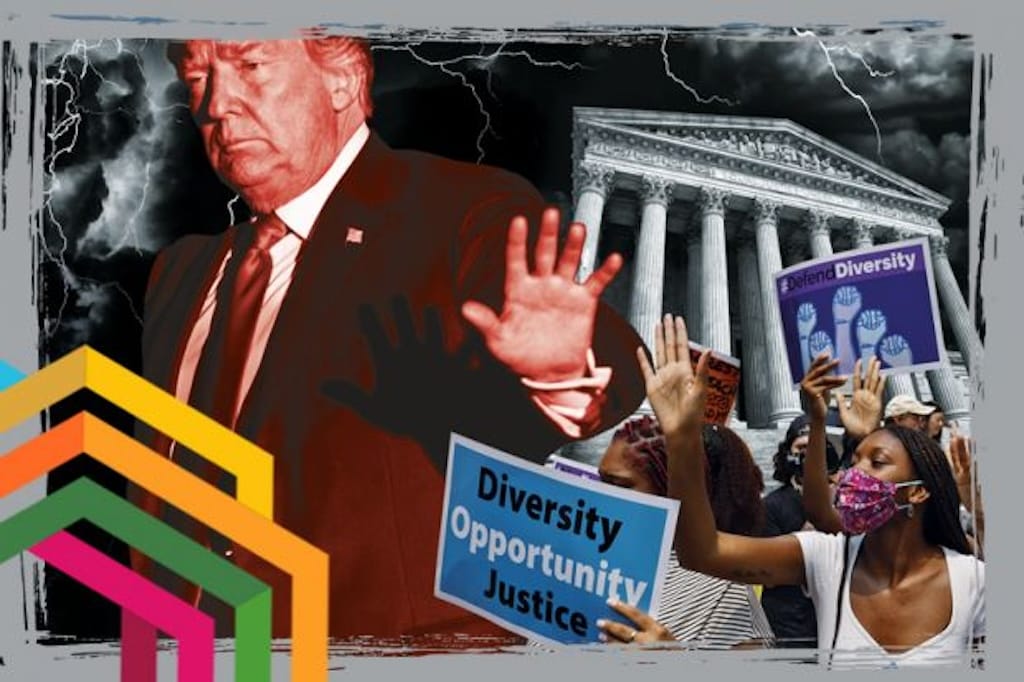
WASHINGTON, Dec. 6, 2024 – One of the biggest losers on Election Day was “Diversity, Equity and Inclusion,” the moniker for a movement that appeared to suffer a fatal blow with voters’ support for President-elect Donald Trump.
Diversity programs date to the rise of affirmative action decades ago, and have at times enjoyed broad political support. But the “DEI” label, which grew rapidly after the murder of George Floyd in June 2020, became tightly linked with the administration of President Joe Biden and Vice President Kamala Harris.
In fact, the first executive order Biden signed on January 20, 2021, “Advancing Racial Equity and Support for Underserved Communities Through the Federal Government,” directed the federal government to account for racial inequities in implementing federal policies.
‘Digital equity’ wasn’t born yesterday – and may predate ‘DEI’
Broadband policies have certainly been impacted by that executive order and by the emphasis – not entirely recent – on the words “equity” and “inclusion.”
“Digital inclusion” and “digital equity,” for example, date back to the launch of the movement for public computer centers and ensuring that poorer, less-educated, and less tech-savvy individuals also enjoyed the benefits of computing and communication.
Even the name of the Biden administration’s signature internet initiative - the infrastructure-focused Broadband Equity Access and Deployment - links squarely to this concept. Indeed, the $42.5 billion BEAD program of the bipartisan Infrastructure Investment and Jobs Act of November 2021 includes a requirement that state broadband offices execute “digital equity” plans.
But that’s not the only focus of digital equity in the Biden administration.
A remaining $2.8 billion under IIJA came from four digital equity funding projects authorized by the 2021 Digital Equity Act, which started as a separate bill earlier that year but was merged into IIJA.
DEA allocated about $1.44 billion to the Digital Equity Capacity Grant Program, $1.25 billion to the Digital Equity Competitive Grant Program, $60 million to the State Digital Equity Planning Grant and $45.3 million to the State Digital Equity Capacity Grant Program for Native Entities.
A ‘woke spending spree’?
Some have attempted to tarnish these programs by linking digital equity – which has roots in long-standing quest to close the digital divide – to the poisoned “DEI” label.
Such was the language of Sen. Ted Cruz, R-Texas, now ranking member and likely incoming chair of the Senate Commerce Committee, who won re-election to a new six-year term in November.
“[Projects] like the Digital Equity Competitive Grant Program, were initiated during the Biden-Harris administration’s woke spending spree,” Cruz said in a Nov. 21 letter addressed to National Telecommunications and Information Administration Administrator Alan Davidson. “This Program’s Notice of Funding Opportunity—which was designed to administer government benefits based on race—is just another unconstitutional remnant of the Biden-Harris administration.”
Cruz said that the program was engaged in “impermissible race-based discrimination.”
In theory, the four Digital Equity Act programs are meant to help states, territories and tribal governments ensure that all residents and communities have the skills and technology necessary to participate in the digital economy, and they encourage the recipients of funds to particularly address the needs of “covered populations,” including the poor, the old, veterans, non-federal prisoners, non-English speakers, or racial and ethnic minorities.
Of the $2.8 billion in digital equity spending, $2.27 billion has already been allocated, according to NTIA.
Of the $2.27 billion in digital equity funds that have already been allocated, all $60 million from the State Digital Equity Planning Grant has been spent already. The $1.44 billion allocated by the Digital Equity Capacity Grant Program is in the process of being spent after being awarded to grantees beginning in 2022.
A further $1.25 billion from the Digital Equity Competitive Grant Program has been awarded, but has yet to be spent. Funding under the State Digital Equity Capacity Grant Program for Native Entities are currently scheduled to be awarded in the summer of 2025, according to NTIA.
Support for digital equity also coming from red states
Just because the “DEI” term has fallen out of favor, however, doesn’t mean that agencies like NTIA or state broadband offices will be rolling back possibly renamed digital equity programs in the coming administration.
NTIA noted in an Oct. 10 press release that the administration had received more than 700 applications for federal funding under the Digital Equity Competitive Grant Program representing more than $6.5 billion. The requested amount is more than five times the amount made available under the program.
“The overwhelming interest in our digital equity funding underscores the urgent need for access to digital resources in communities across the country,” Davidson said.
Some broadband officials in states that have received grant funding are happy with the programs’ progress.
“The Missouri Department of Economic Development’s Office of Broadband Development is excited to receive this award. The funds provided by this program will help improve access to digital opportunities for all Missourians,” Missouri’s Office of Broadband Development Director BJ Tanksley said in a Nov. 14 press release.
“The State will use these funds to improve broadband affordability, increase access to technology, and ensure Missouri’s workforce is well equipped to continue being a national leader in economic performance,” said Tanksley.
Tanksley has been joined by broadband officers from dozens of states and territories, including Delaware and Puerto Rico, in expressing gratitude for digital equity funding.
All can benefit from digital equity, supporters argue
State representatives were joined by National Digital Inclusion Alliance Executive Director Angela Siefer in supporting digital equity programs.
“If [grant program funding] is not released into the community [it will] hold our country back,” Siefer said in a Nov. 27 online discussion with Broadband Breakfast. “We are already behind the curve in that we have folks who are not participating online, who do not know how to be safe online, who don't know how to look for a job online.”
 Broadband BreakfastBroadband Breakfast
Broadband BreakfastBroadband Breakfast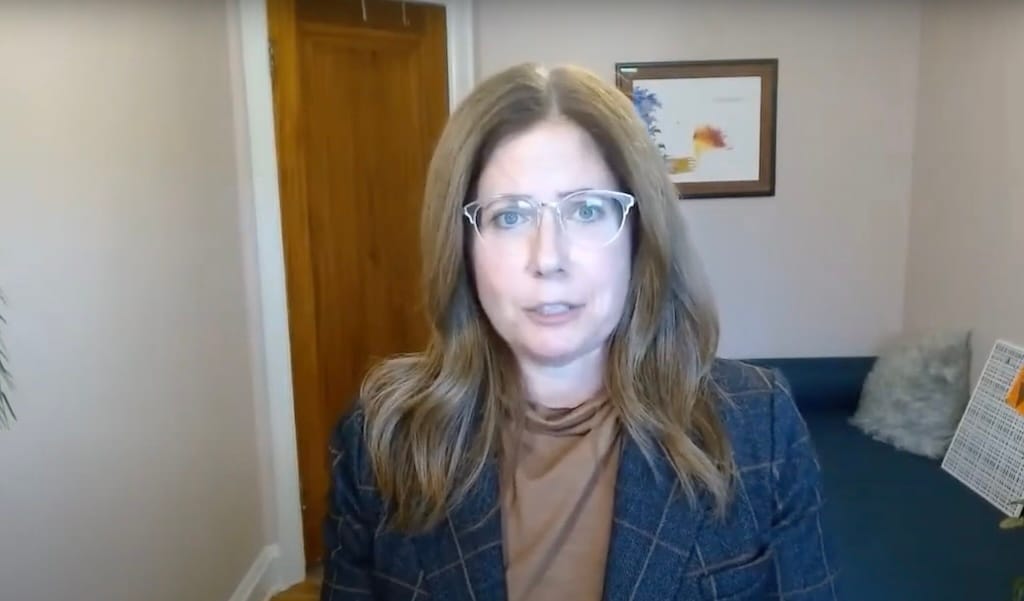
Specifically addressing the concerns about race-focused policies, Siefer said, "the reality is that digital inclusion programs serve everyone. If one looks at the populations they're serving, they're serving individuals who are in more than one covered population."
But Cruz’s quest to kill some digital equity programs may be backed by Trump’s pick to lead the FCC, current Republican Commissioner Brendan Carr.
Carr argued that NTIA has been sidetracked by social issues instead of broadband deployment.
“The federal government has allocated hundreds of billions of taxpayer dollars for the purpose of ending the digital divide,” Carr said in a Nov. 6 statement. The Biden administration, he claimed, is “preparing to waste additional taxpayer dollars through its multi-billion dollar ‘Internet for all’ initiative by pursuing extraneous political goals at the expense of connecting Americans.”


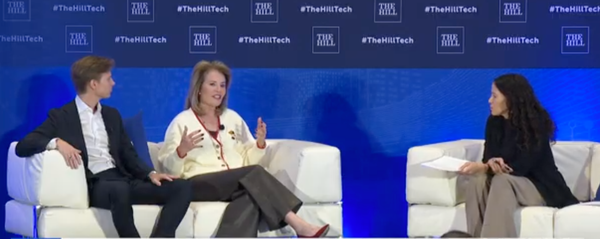



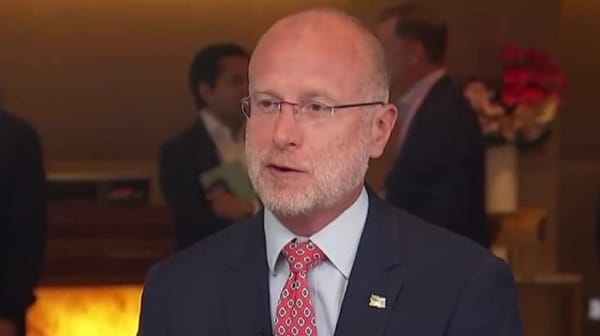

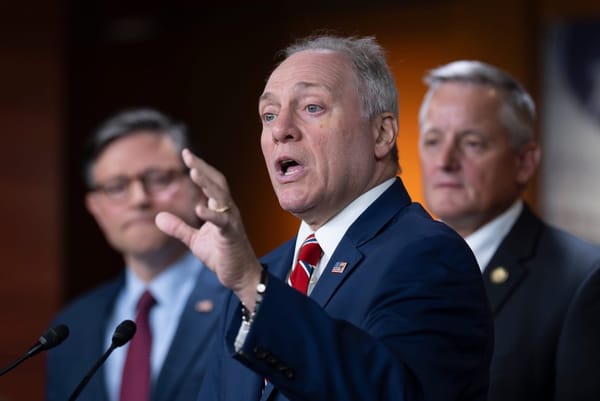
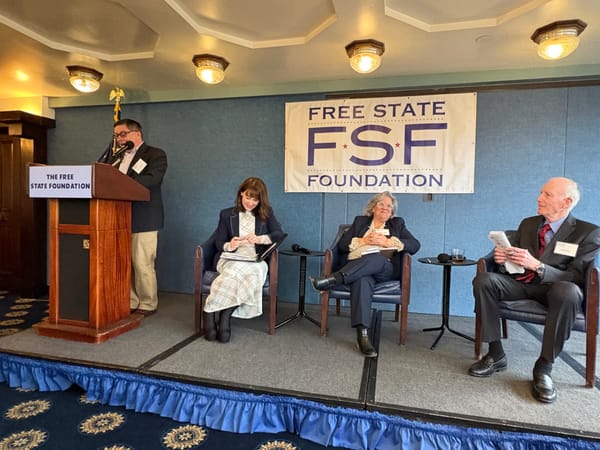
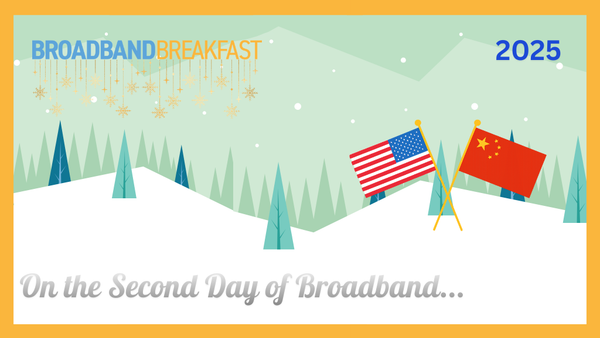
Member discussion